Statistics indicate that one of the most frequent causes of fires is the incorrect operation of household electrical appliances. The fact that it is necessary to be taken to reduce the likelihood of a fire will be discussed in our article.
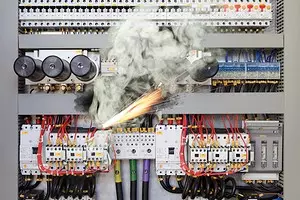
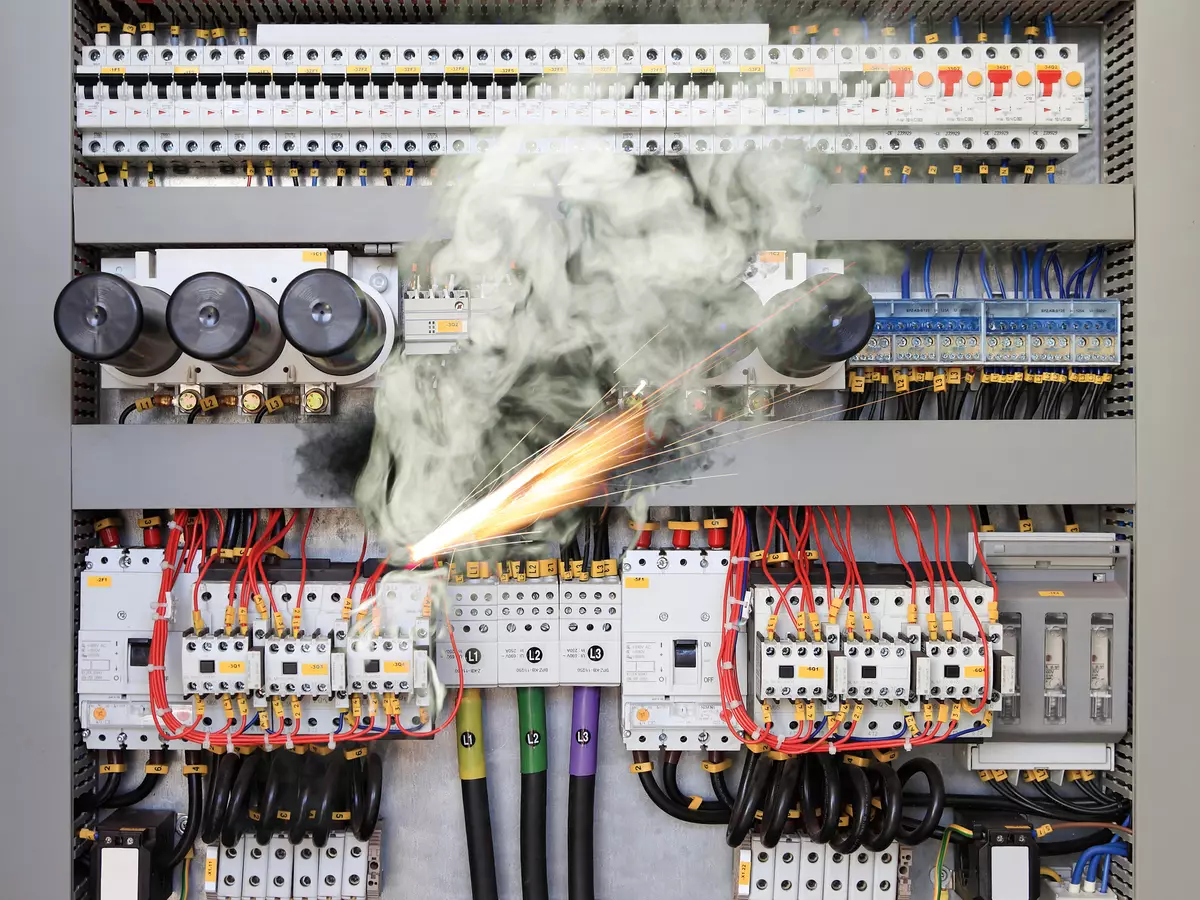
Photo: Nightman1965 / Fotolia.com
In a modern dwelling, there are still a lot of potentially fire hazardous devices. These include almost all the electrical techniques, and the electrically conductive network itself too. Almost all users imagine what a short circuit is, and understand that such a closure can lead to a fire. Less known, but no less condesed posting, which can occur for various reasons.
Do not forget that, according to statistics, the greatest percentage of fires is due to the faulty wiring
Four reasons for overheating
Design error. The diameter of the wiring is incorrectly selected. The recommended section of the copper wire of the lighting circuit should be at least 1.5 mm²; For circuit of sockets, it must be at least 2.5 mm², and to connect high power devices (for example, electric stove), a copper wire is needed by a cross section of at least 6 mm².Overload
Too large load is connected to the wiring, for example, the welding machine or water heater is connected through a household extension, designed for current 16 A.
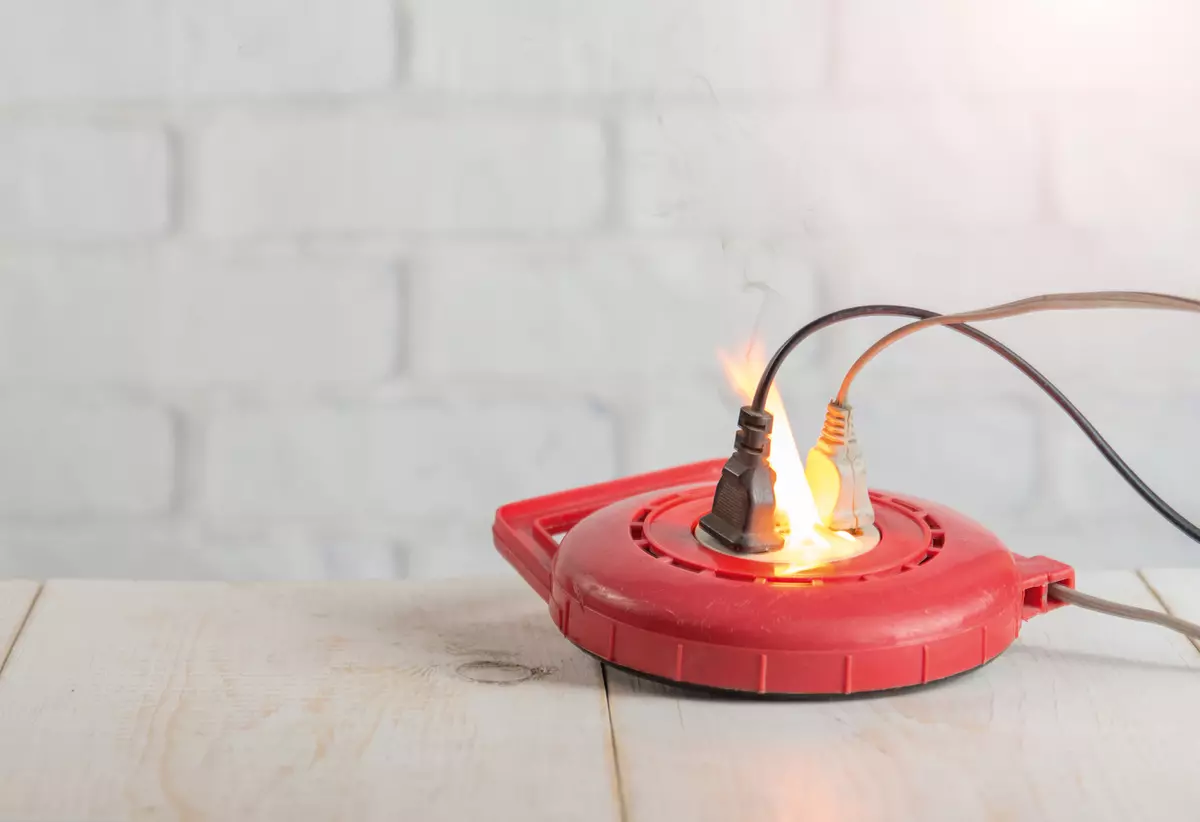
Do not connect multiple powerful devices to the extension simultaneously. Photo: Showcake / Fotolia.com
Breakdown of the core
Mechanical dome of the core often leads to the fact that the resistance increases sharply in this area, and the wire in this place begins to overheat.
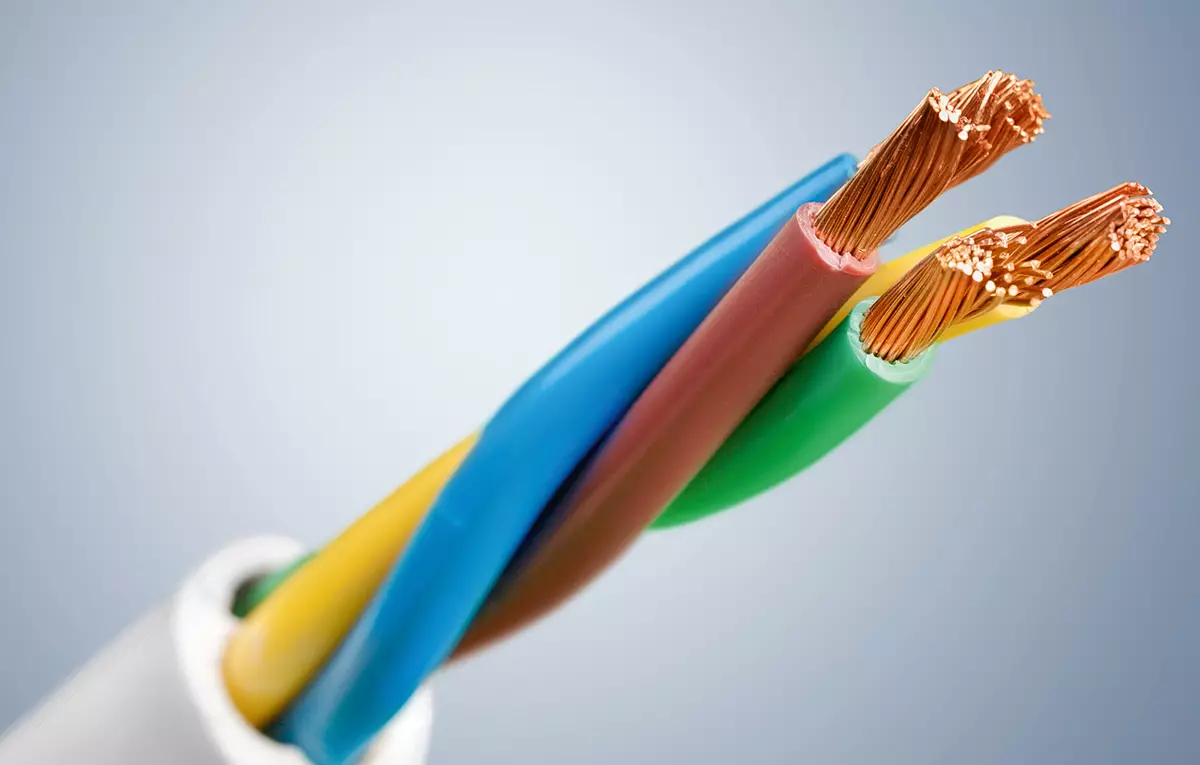
Pick the wire cross section correctly. Photo: Billionphotos.com/fotolia.com.
Inappropriate condition of electrical installation
The weakening of the screw clamps also leads to an increase in the electrical resistance and the heating of the contact. The oxidation of the contacts of the switches leads to their spark when working.
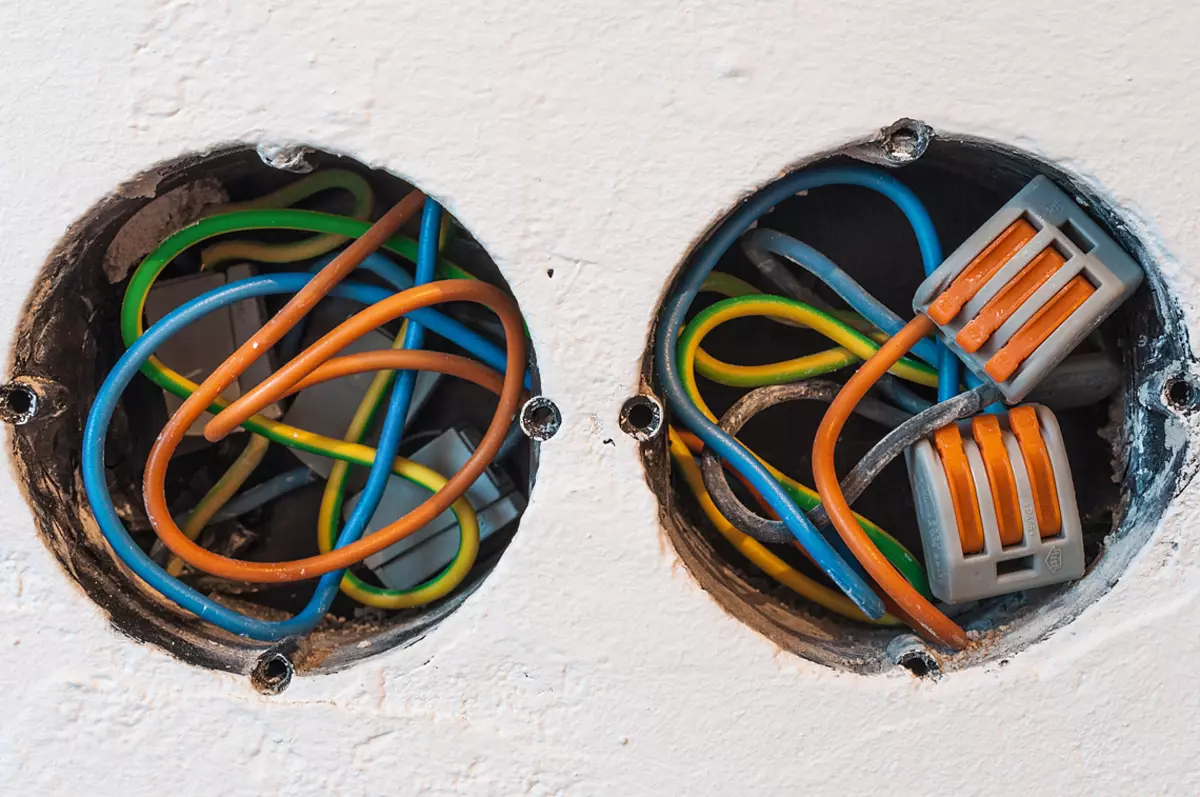
Connecting wires by clips. Photo: dima_pics / fotolia.com
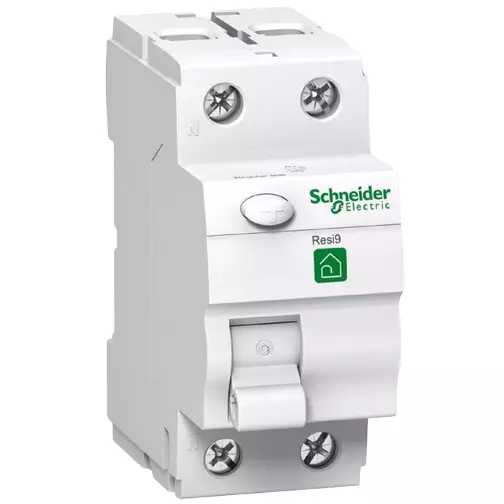
RESI9 RESI9 2 Pole 25 A (Schneider Electric). Photo: Schneider Electric
You can avoid problems with wiring at proper operation. First of all, it is necessary to contain wiring and electrical installations in order.
All wire connections must be performed using soldering, welding, crimping sleeves or special insulating clamps and terminals. Screw connections from time to time (once every 2-3 years) must be checked, and when weakening the clamps tightly twist them. When replacing wiring products, it makes sense to choose products of a new design with spring, not screw clamps. Such sockets and switches are in the assortment of most large manufacturers of electrical installation products. It is also desirable that the rosettes with screw clamps are located in an accessible place. Although the temptation is greatly high to hide such a socket under the sofa or behind the cabinet, but it is not recommended to do it. Otherwise, you can not notice how the socket will begin to gradually warm due to the weakening of the clamps. And of course, it is impossible to connect to the outlets, calculated usually at no more than 16 A, the devices with a capacity of more than 3.5-5 kW.
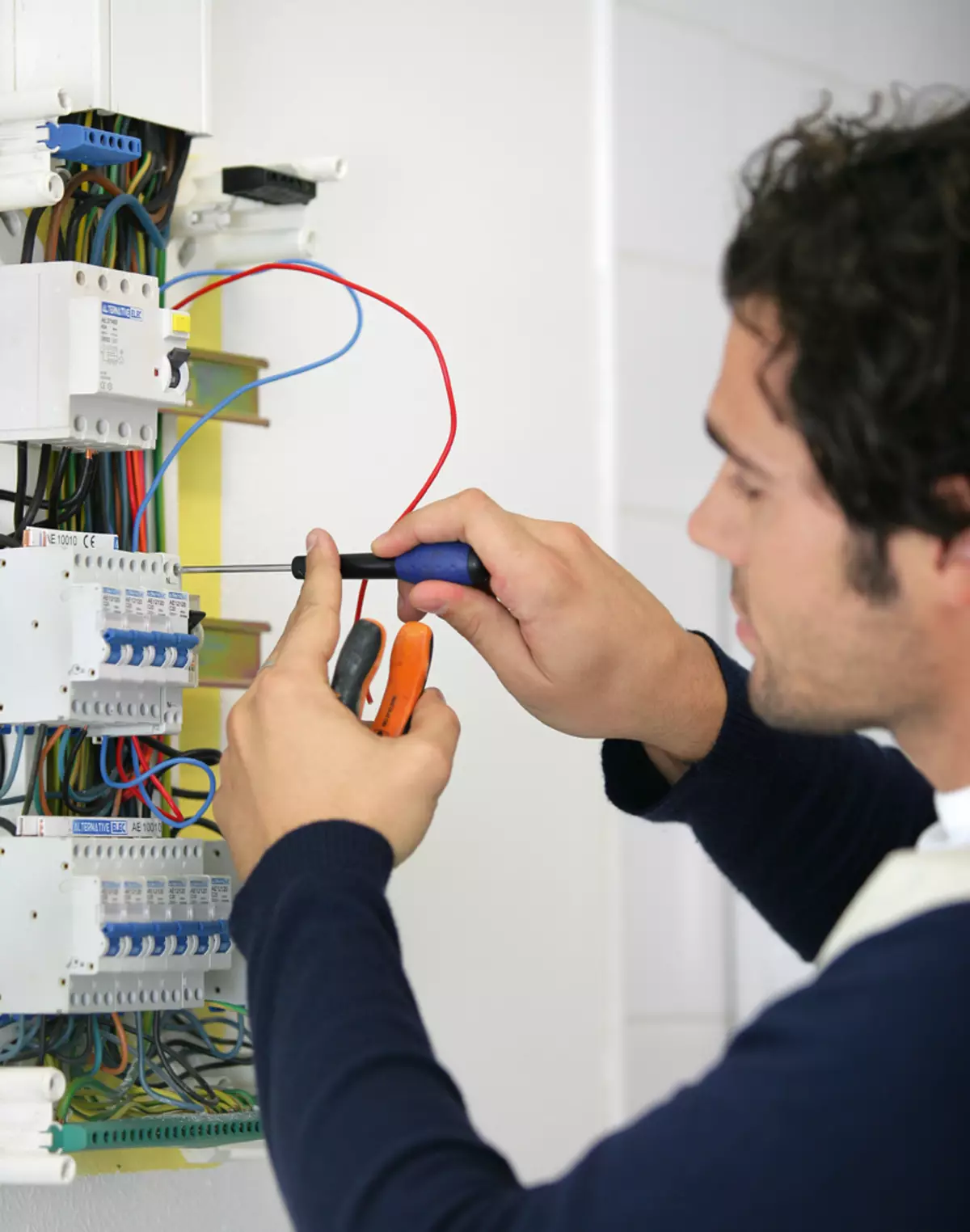
Photo: auremar / fotolia.com
Approximate layout layout of the domestic fire alarm based on the C2000 controller console
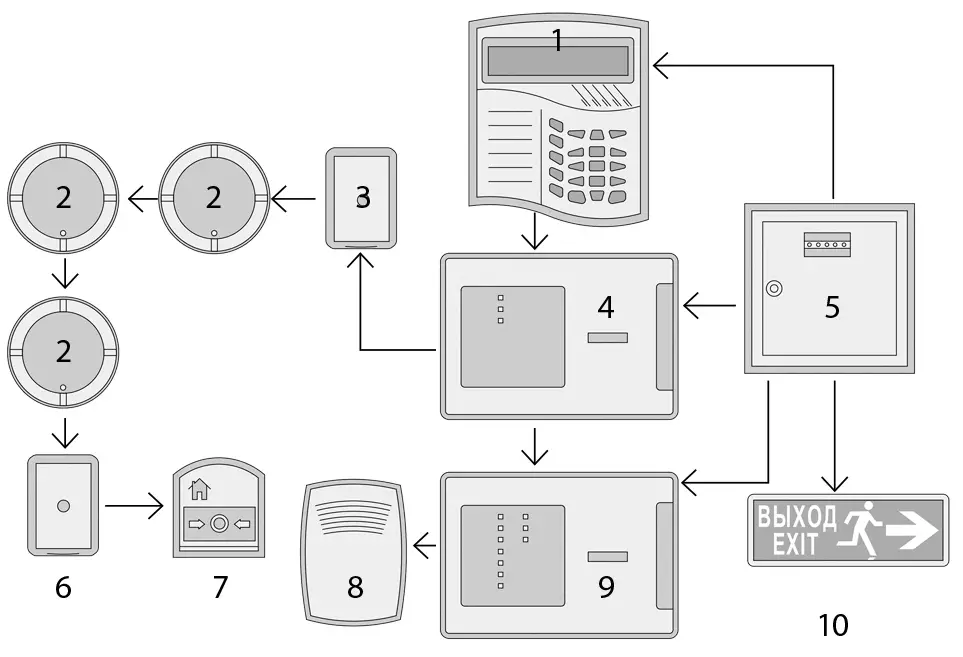
1 - control panel and control of C2000 m; 2 - Fire smoke sensors; 3, 6 - BRAZ blocks splitting and insulating; 4 - address block C2000-KDL; 5 - power supply; 7 - Fire detector manual; 8 - sound sign; 9 - Travel and starting block; 10 - light scoreboard. Visualization: Igor Smirhagin / Burda Media
The first line of defense
If the conductor flows overly high, it is very heated. It can damage electrical equipment and cause a fire. As a protective agent, an automatic switching circuit switch is included in the wiring before the current reaches dangerous values. A modern circuit breaker must be equipped with thermal and electromagnetic release. When too many simultaneously operating electrical appliances are connected to the network, overload occurs, and the machine is turned off at the heat release team (bimetallic plate). And if due to the malfunction of the electrical appliance or wiring between the components of the chain, located under different voltages, an area with a very low electrical resistance occurs, a short circuit occurs. In this case, the machine is disabled by the electromagnetic release command.
Differential current (VDT) switches are also used, which, in addition to protecting people from electric shock, serve as previous protection against fires and fires during damage to the insulation of electrical wiring and electrical equipment, when small, but constant, long-term current leakage are observed.
The basis of the protective effect is the principle of restriction (due to the rapid shutdown) of the current flow through the human body with an unintentional touching it to elements under voltage. Fire protection of the VDT is due to the fact that they, in contrast to the circuit breaker, react to small current leaks through damaged insulation and timely, before the fire, disconnect the emergency section of the electrical circuit.
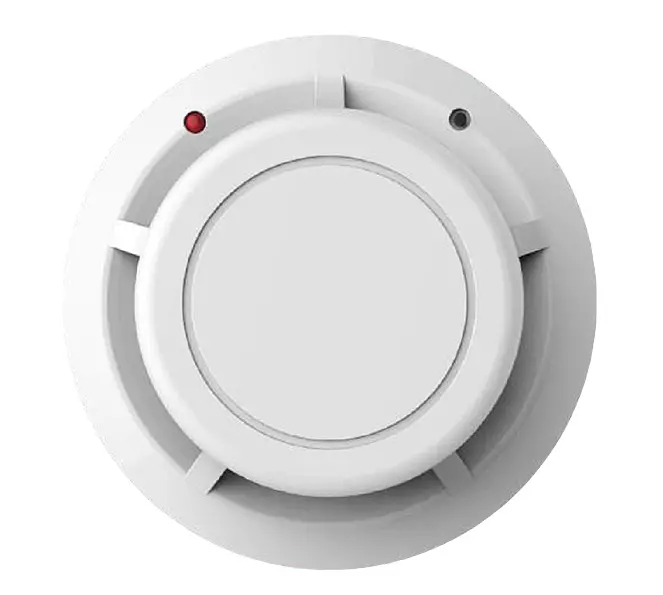
Smoke Sensor Rubetek Evo, 120 × 40 mm, 9 V. Photo: Leroy Merlin
There are such switches in the Assortment of ABB, Legrand, Schneider Electric and other major manufacturers. They are installed on a DIN rail.
The cost of differential switches is approximately 3-6 thousand rubles. And depends on the value of the leakage current (it is usually 10, 30, 100 or 300 mA) and the rated current for which the devices are calculated (usually 25, 40 or 63 a).
Raise alarm in time!
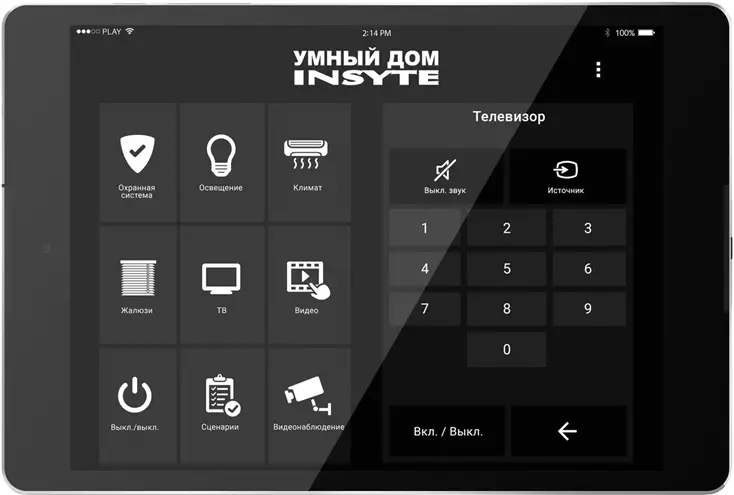
Managing the fire system in the intelligent house Insyte can be made using a tablet. Photo: Insyte.
If the fire began, then the most important thing is to detect it as soon as possible and respond. This uses security and fire systems. The basis of such a system is the control panel (a receiving-control device), which processes the incoming information from devices connected to the cable or through a wireless connection, analyzes it and, depending on the type of event, it works out the corresponding algorithms prescribed during programming.
Stages of the ceiling installation of a wireless fire detector with data transfer by Wi-Fi
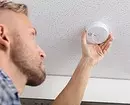
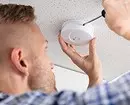
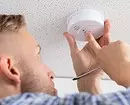
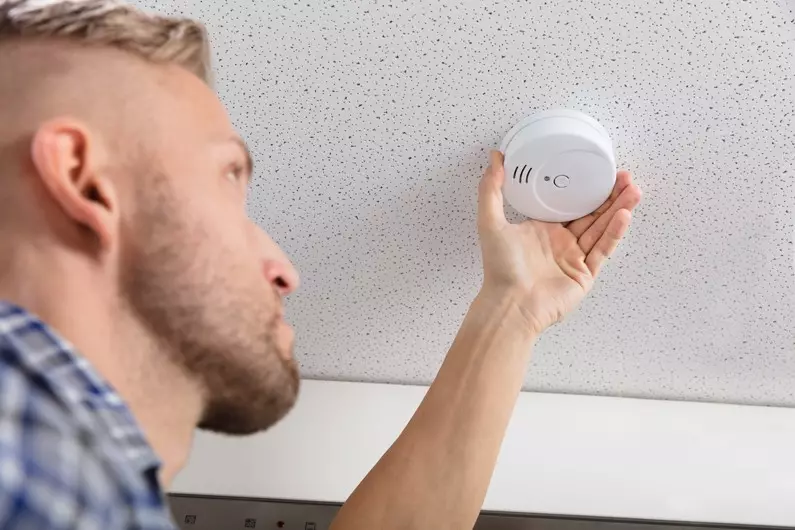
Photo: Andrey Popov / Fotolia.com (3)
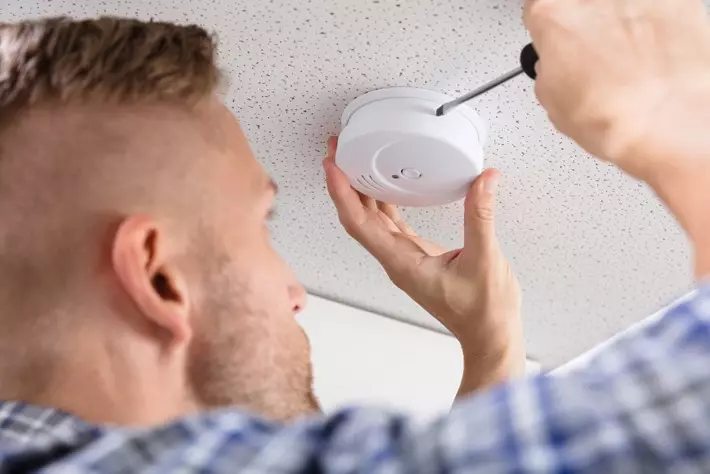
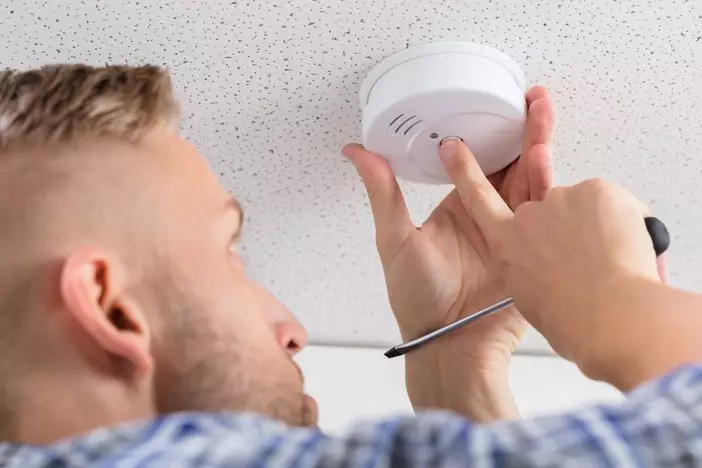
In addition to the control panel, the following devices may include the following devices in the fire alarm system:
- optical smoke detectors;
- thermal detectors;
- Manual fire detectors;
- signal input / output modules (in a dormitory system, Internet, SMS notification);
- backup power sources (UPS);
- Cable tracks (used special fire-resistant cable).
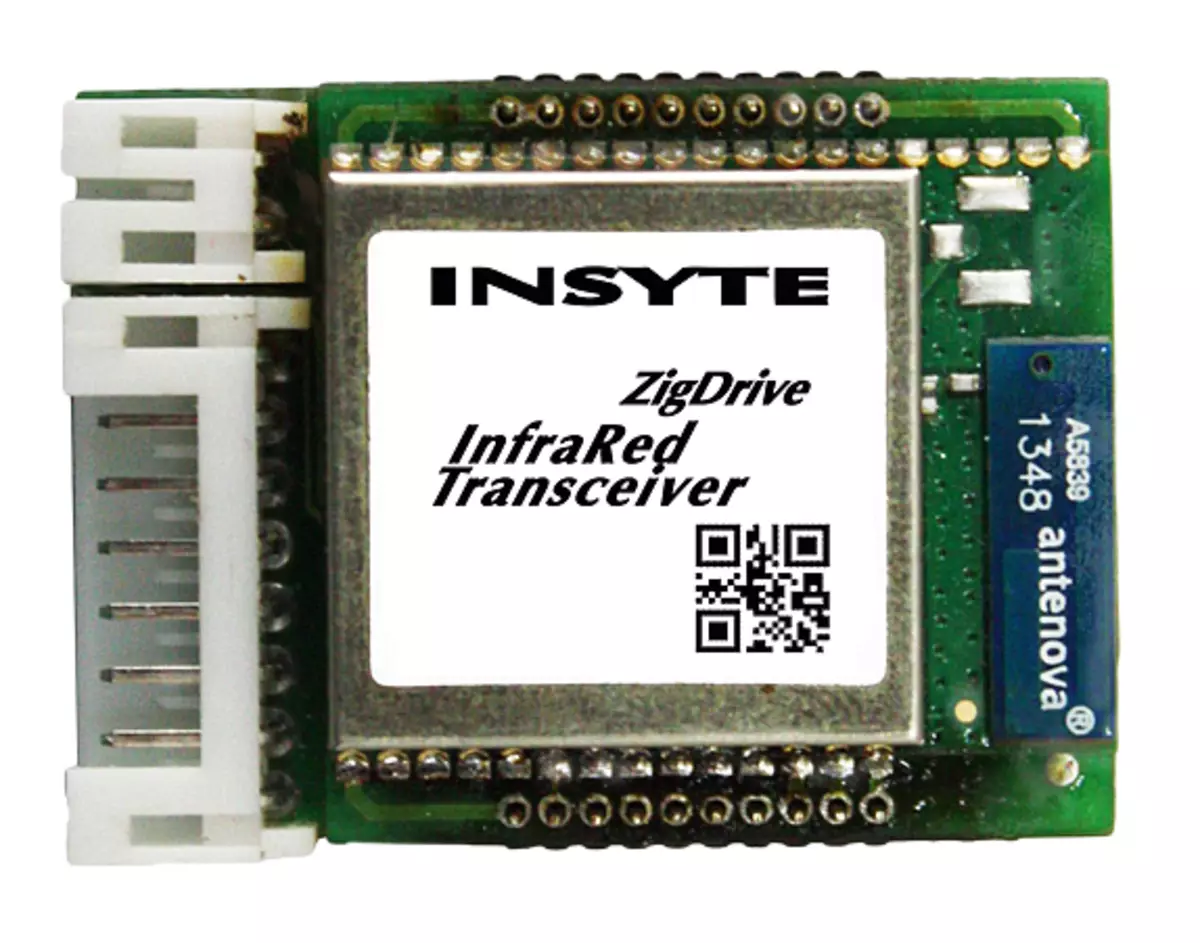
Data transfer module. Photo: Insyte.
Also, a variety of actuators can be connected to the control device, such as an electromechanical lock, a released inlet door or a disconnecting-exhaust ventilation relay. If you have a fire, the sensor sends a signal to the control device, where the alert signal is already sent - this may be a signal to the control panel, turning on the domestic siren or SMS to the owners of the home.
Instructing the installation of fire systems should be exclusively specialists who have a relevant MES license to install funds for fire safety
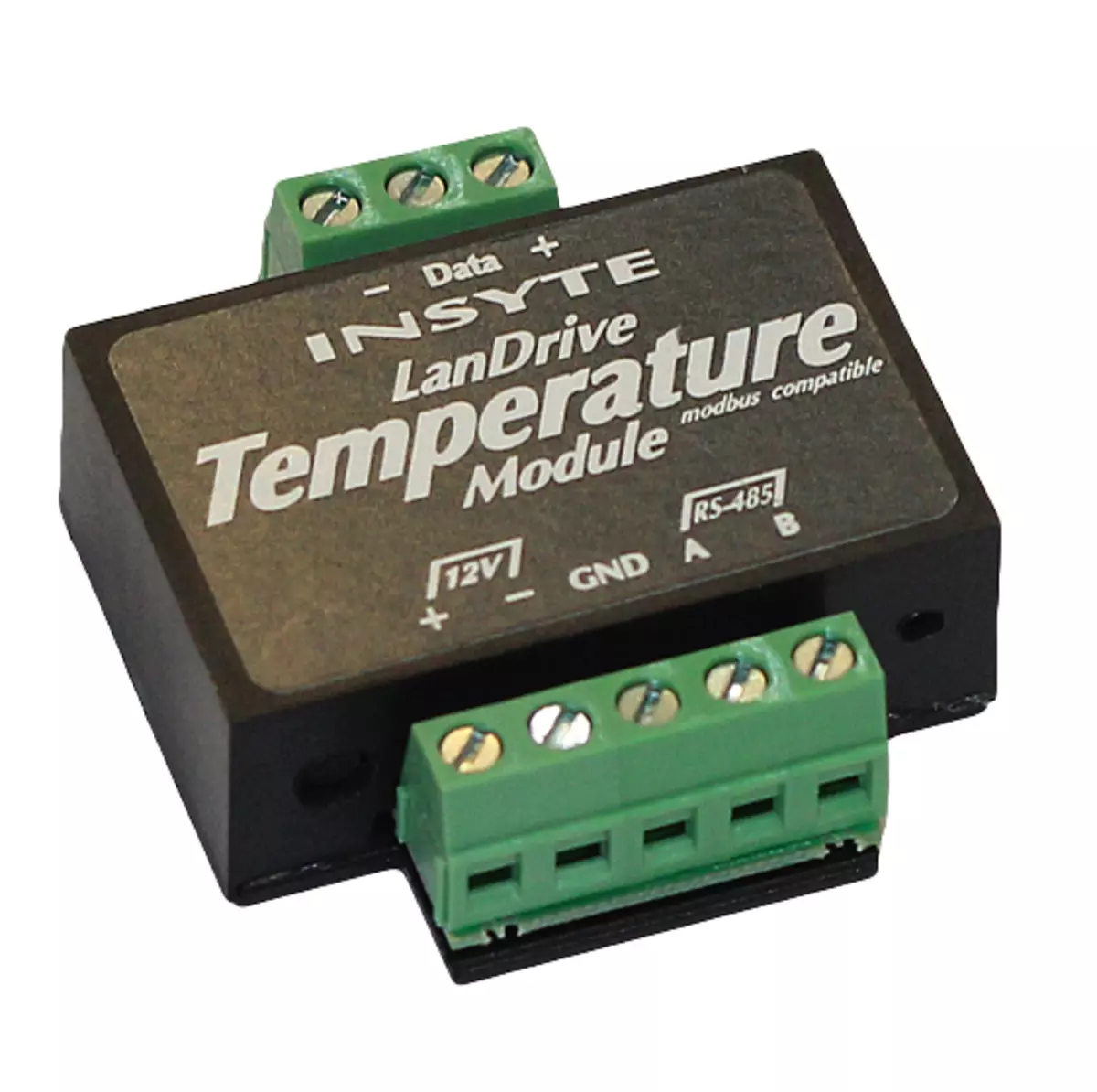
Temperature module. Photo: Insyte.
Sensors are installed in all rooms at home, and some rooms can be divided into sections (zones), and a separate sensor is installed in each zone. Mounting them can be ceiling or wall-mounted (about 20 cm below the ceiling). It should be placed at some distance from the plate or fireplace (no closer than 3-4 m) to exclude false response, so there are special thermal sensors that react to heat, and not on the smoke.

After the smoke appears, the sensor will automatically give a signal to the control panel. Photo: Fovito / Fotolia.com, Nikkytok / Fotolia.com
Existing systems can be divided into non-educational and address. The first type is the easiest, the alarm will apply without an indication of which specifically the sensor has driven it. Such complexes typically include a small number of sensors (four to five) and are installed in very small apartments or country houses, which will not be difficult to find a source of ignition. The advantage of such a system is its low cost: the entire set of equipment can be purchased for 3-4 thousand rubles, and the simplest option consisting of only one autonomous sensor with a built-in controller can be found on sale for 500-1000 rubles. More complex and more expensive targeted systems in which the control device not only gives an alarm, but also indicates which specifically the sensor has worked. This design allows you to immediately find the focus of ignition and not spend on it precious time. The cost of such systems begins from 5-6 thousand rubles.
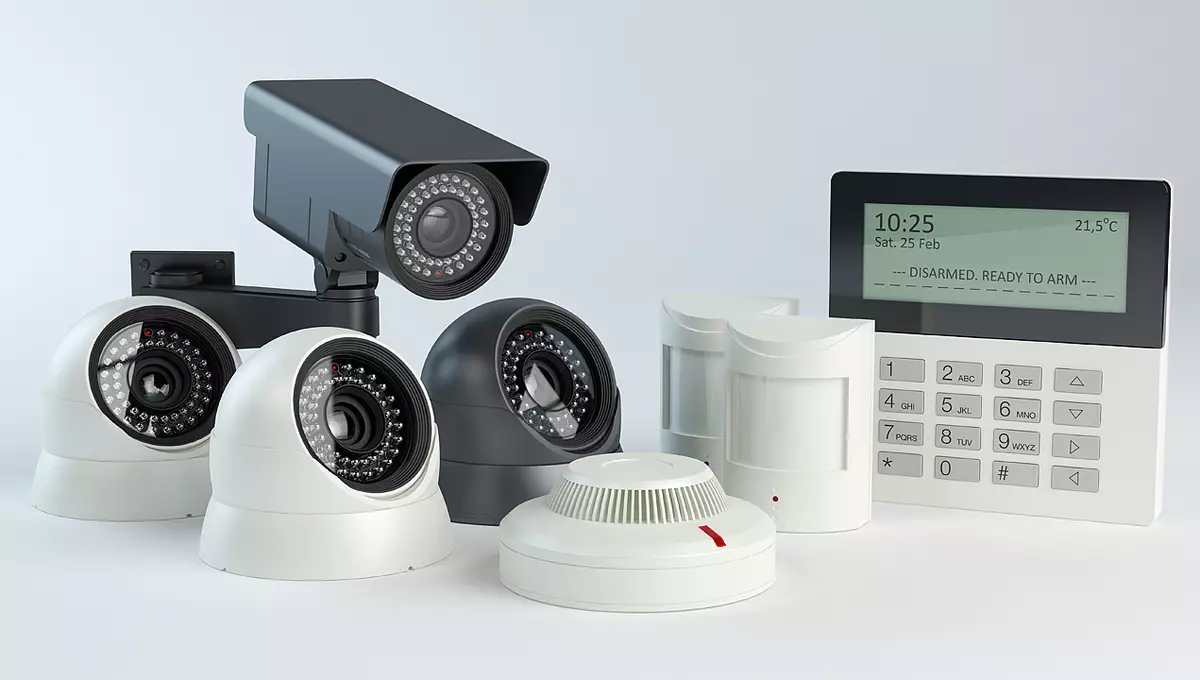
Fire safety system complete with video cameras. Photo: Kange Studio / Fotolia.com
Such systems can be used both in the form of individual complexes and as a component of the Smart Home system. In the last version, the fire alarm is also becoming much more "smart." For example, when a hazard signal occurs, the smart home system is capable of not only to send an alarm, but also turn off gas and electricity in the danger zone. And video surveillance can immediately make a photograph of a potential focus of fire and send it to the owner's smartphone.
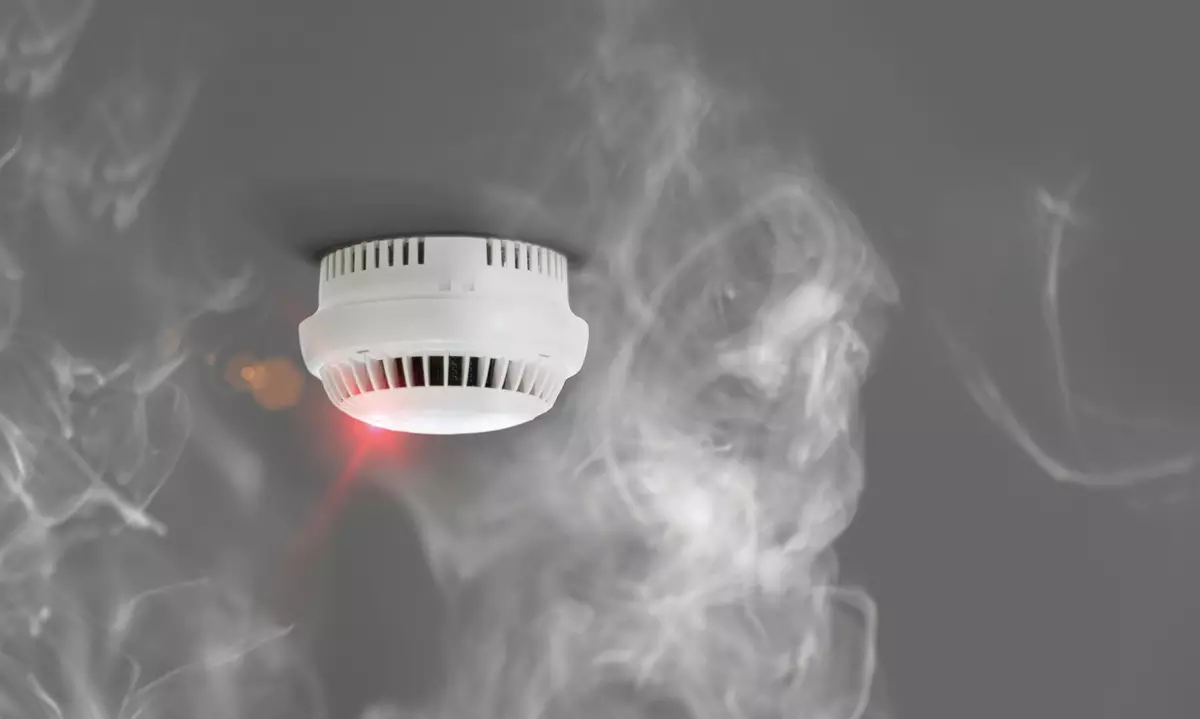
Smoke detectors are placed so as to eliminate their false response, most often they are installed on the ceiling. Photo: AA + W / Fotolia.com
Units of one chain
Existing fire sensors are divided into several types depending on their design. In everyday life, smoke detectors are most often applied. Smoke, falling into the optical sensor system, refracts the beam of the LED in such a way that it enters the photocell - and the detector is triggered. Another type of devices used in everyday life is temperature sensors. The most simple is triggered when the threshold value of the temperature is reached, and technically more perfect react and at the rate of increasing temperature and can work until it reaches its threshold value; Such sensors are more reliable, but also more expensive. Third sensor type - carbon monoxide detectors. On average, the cost of household smoke detectors is from 200 rubles. up to 5-6 thousand rubles; Wired connected sensors are cheaper than models with wireless data transmission. There are more expensive and perfect detectors, such as open fire detectors or radioisotope smoke detectors worth dozens of thousand rubles, but they do not apply to everyday life.
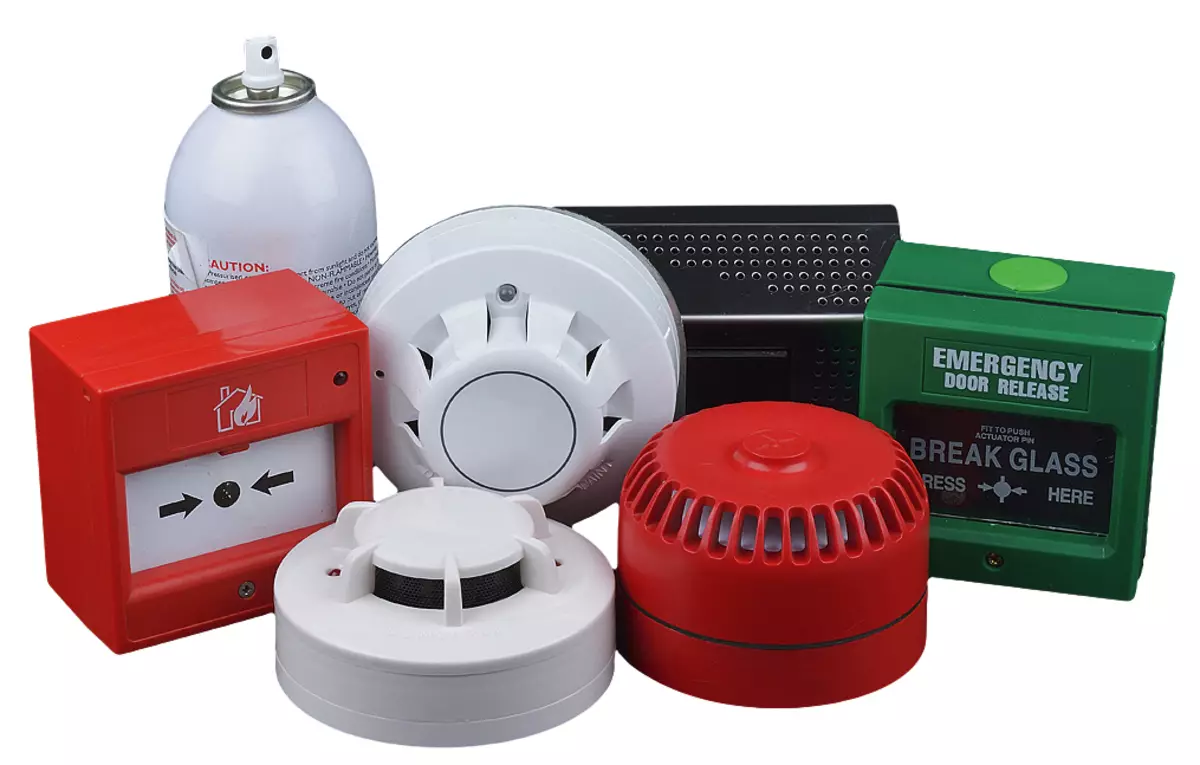
Photo: Constantin / Fotolia.com
The fire extinguisher is attached
Manual fire extinguishers are used as the primary fire extinguishing. Of course, to put out the burning house with their help will not work, but at the initial stage of fire they can be effective.
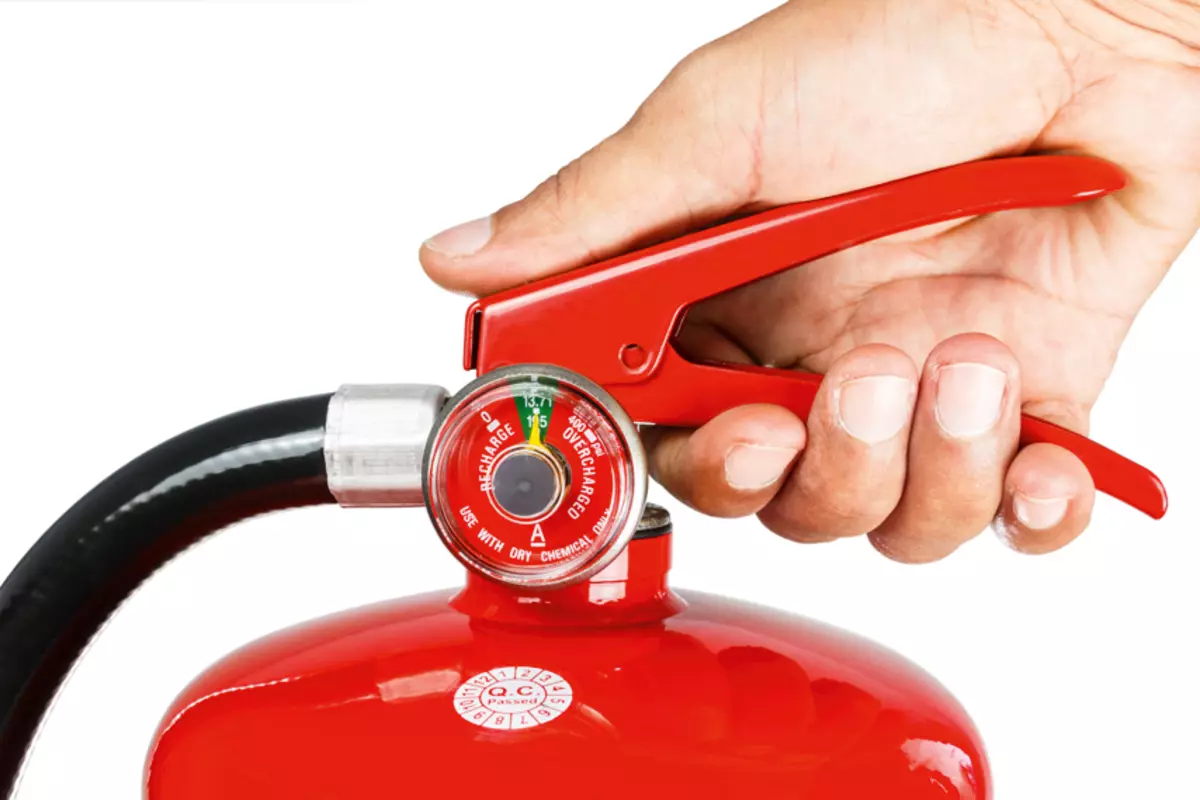
Work with a carbon dioxide fire extinguisher. Photo: Peefay / Fotolia.com
So that the fire extinguisher is an effective fire-fighting agent, it is necessary to choose the right model correctly depending on the amount of stewing substance: at least 1 l of stewing substance for every 25 m2 area
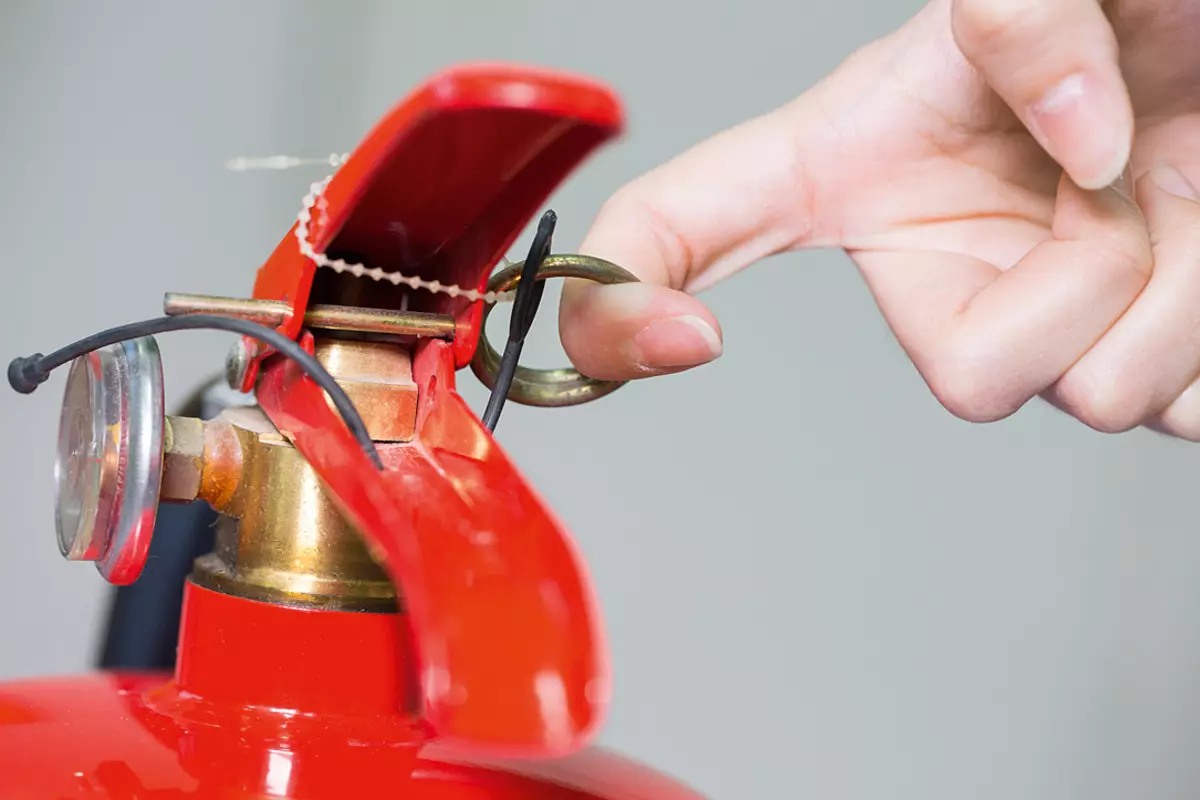
Before turning on the fire extinguisher, you need to pull the safety check out of the socket. Photo: Jayzynism / Fotolia.com
There are several types of fire extinguishers, the most common air-emulsion, carbon dioxide, air-foam and powder. All of them have their own advantages and scope of application.
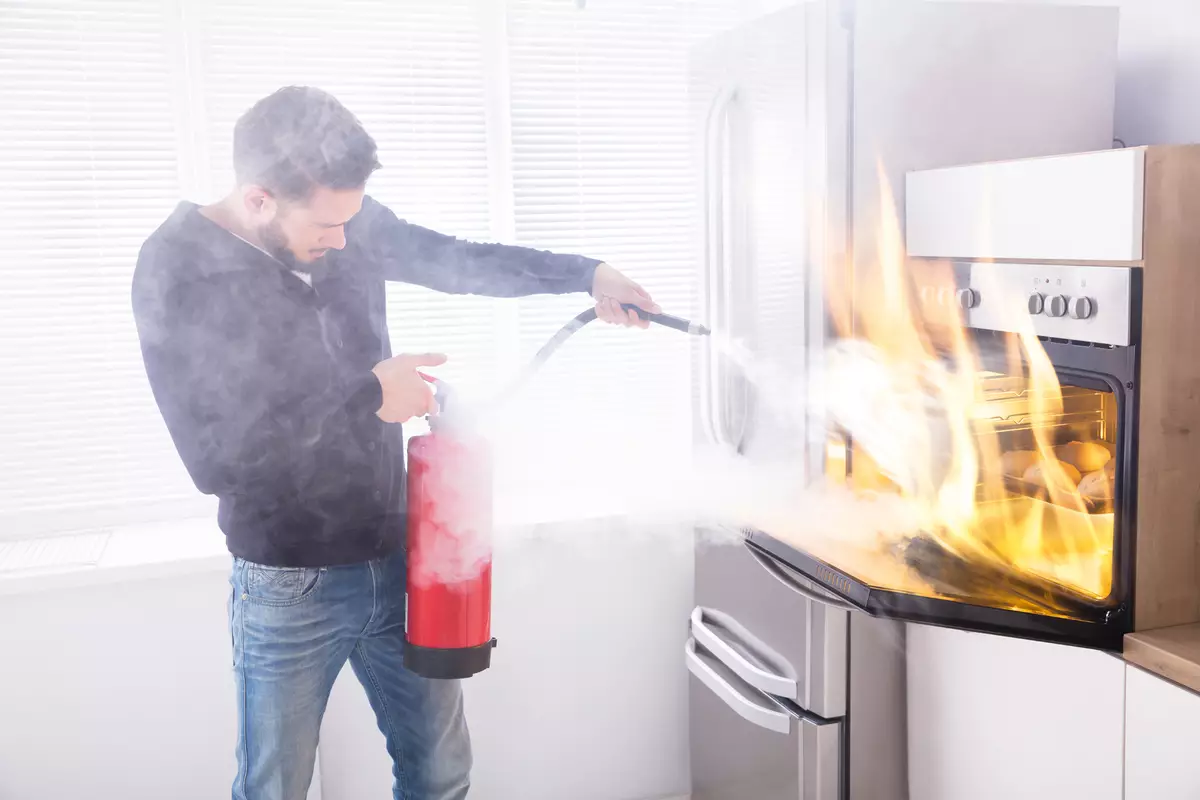
Photo: Andrey Popov / Fotolia.com
Air-foam fire extinguishers well extinguish ignited solid surfaces, hot liquids, oils. These models cannot be used to extinguish electrical equipment under voltage. Air-emulsion fire extinguishers are more perfect and, like powder fire extinguishers, are suitable for extinguishing all types of household ignitions. Carbon dioxide fire extinguishers have an advantage over all other types in the fact that carbon dioxide does not leave traces on furniture and fabric, so it is not necessary to restore order after applying a carbon dioxide fire extinguisher. Unfortunately, this type is poorly coping with extinguishing of solid surfaces, so the universal use is still the best use of air-emulsion or powder models.
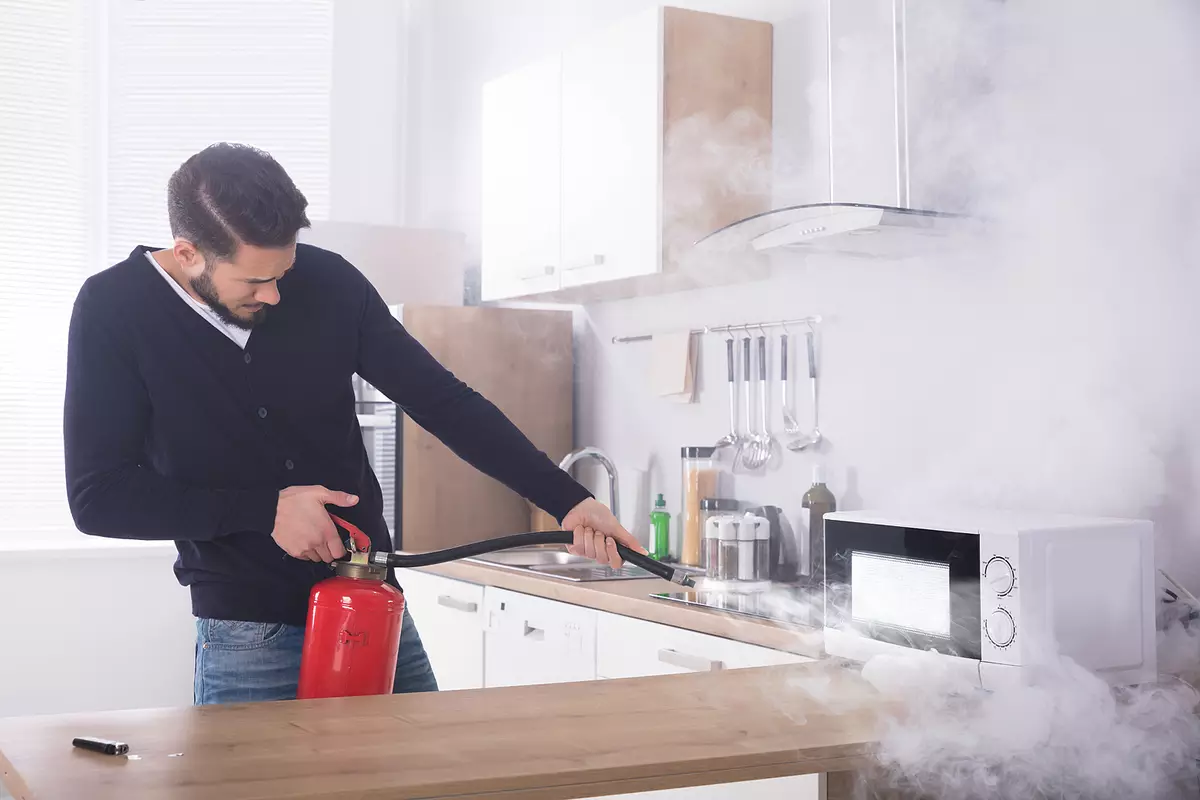
Photo: Andrey Popov / Fotolia.com
In the system of fire safety smart home, smoke, temperature sensors, infrared motion sensors are installed. For example, the Insyte system in constant mode monitors the presence of smoke, temperature level, and signals from motion sensors. In the case when the system has discovered smoke, the temperature is above 60 ° C, as well as a continuous signal from infrared motion sensors, the fire signal is automatically transmitted to the fire service, hosts and all interested parties. In addition, the automation is notifying tenants through all existing speakers, turns off the ventilation and de-energizes the premises, reducing the level of damage. Fire alarm as a part of the smart home costs the customer much cheaper, because it is not required to purchase another set of control devices and sensors for it, but the equipment of the smart home is used. At the same time, the accuracy and accuracy of the detection of fires and smoke is significantly higher due to the use of all types of sensors of the smart home, and not just smoke sensors, as in simple fire systems.
Alexey Kychkin
Director of Science Insyte Electronics


